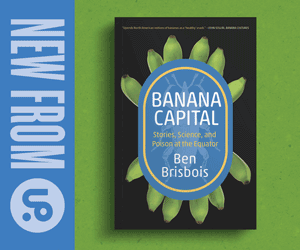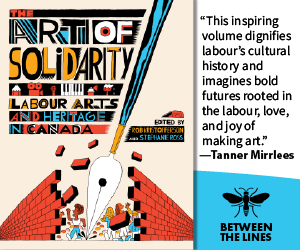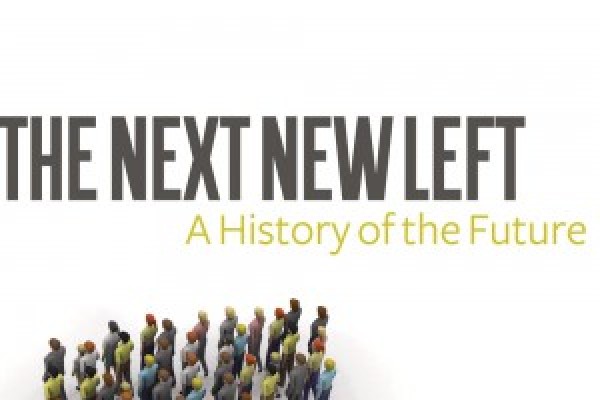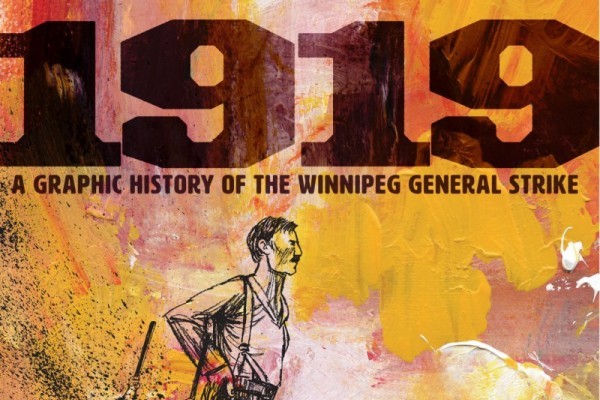First NDP leadership debate: Good introduction, but not a lot of differentiation

This past Sunday in Ottawa, the Federal NDP held its first leadership debate. Four candidates, all sitting MPs, took part in the debate, bringing interesting perspectives to the table.
- Niki Ashton: The only woman in the race thus far, and the youngest by a stretch, the northern Manitoba MP is building a campaign centred on intergenerational inequality, public ownership, and nurturing connections to social movements. While the newest candidate in the race, Ashton has been going coast-to-coast to speak on her campaign issues over the past months.
- Guy Caron: The sole Quebec and francophone candidate, Caron—and economist by training—comes to the race with a platform centred on a Basic Income guarantee. He will make a strong case for another Quebecer to succeed Mulcair, and he was one of the few NDP MPs from the province to improve their 2015 results.
- Charlie Angus: The northern Ontario MP is crafting his candidacy on both his everyman populism and his dedicated work with of First Nation communities and indigenous peoples. Additionally, he has readily embraced the concept of working class Canadians, and he will likely show the influence of social Catholicism going forward.
- Peter Julian: A British Colombia MP long seen as a mainstream party favourite, Julian has taken positions that may place him further left than expected. He has taken a stand in favour of free post-secondary education, and has come out staunchly against pipelines, while other candidates are more guarded on the issue.
Regarding the debate itself, I left with the same broad views that I had going in. No one is either a frontrunner or an also-ran, and no one really ‘won or lost.’ This status quo feeling is due largely to the debate’s format, which was less about exposing differences, and more about introducing the candidates to current and prospective NDP supporters. We were given a picture into the race’s general issues, rather than a focused window into a specific candidate’s policy mechanisms. On inequality, rhetoric, and environmentalism, all four tilt leftward in relation to the Mulcair era, but the debate’s line of questioning didn’t offer viewers a way to separate the leadership hopefuls in any meaningful sense.
This isn’t to say that the debate was without value. Rather, it was a good way to open up the process, though subsequent debates will have to contain greater specificity within questioning, both to gather differences between the candidates, and to spark some actual disagreement. Not only is that conflict vital preparation for the eventual nominee, but it will show us how the candidates distill vision into action. How does Angus actually materialize his ‘got your back’ philosophy into a platform? How does Julian plan to address free post-secondary schooling in a federalist scheme that gives educational powers to the provinces? How will Ashton determine the parameters of her commitment to greater public and social ownership? And in what way will Caron structure a Basic Income to ensure working Canadians aren’t quagmired in greater inequality?
The next debate is only two weeks away, and will be centred specifically on the issues facing young Canadians. This themed debate will be the first test for these candidates. Beyond this, of course, is the real possibility that the field isn’t yet complete. One popular choice for many NDPers is ONDP MPP Jagmeet Singh, whose GQ style, ideas, and worldview are seen as a way for the party to counter Trudeau’s charm, as well as reach out to swaths of racialized and immigrant communities that the NDP has traditionally failed to mobilize. As the debate today noted, the NDP’s image as a very white party needs to be addressed in the run up to 2019.
Singh has noted his interest in contesting the federal leadership, but is also mulling over the potential reality of obtaining power as a top player in the ONDP. And if the ONDP performance in 2018 is left wanting, I see no one who would effectively challenge Singh should he wish to be Andrea Horwath’s successor.
Perhaps more of a dark horse, though not without notable support, is former Ontario Federation of Labour President Sid Ryan, who while divisive, could nonetheless run with a strident socialist message. Ryan has not made his decision clear, but there is a potent ‘draft Sid’ movement in operation, and Ryan has — through some of his recent writing — made the suggestion that the party has failed to capture latent leftist energies, perhaps leaving the task open for him. In any case, the race is still young, which means that, should Ryan or Singh jump in, they won’t be too far behind the eight ball.
All in all, the first debate was reasonably successful for the NDP. No one blew the debate, no one is running away with it, and party members can be relieved that they have at least four prepared and articulate challengers, with a couple more waiting in the weeds.
Some stray observations:
- Angus’ French isn’t unintelligible, but it is the weakest in the bunch. He will have to work on this should he win the leadership, but his path to that goal might be hampered among the Quebec delegation. Beyond this, however, Angus’ populist approach was strong, and if his goal was to come off as the ‘regular guy’ candidate, he succeeded.
- Caron likely impressed those English Canadians who knew little about him coming into this process. One concern might be his short remark about things like the Niqab, where he hinted that the party needs greater clarity on the matter. This could be risky for all involved. While English Canadian NDPers will largely reject any suspected ‘Niqab-ban,’ a lack of perceived empathy for the position of left-secularists in Quebec might be damaging. If Caron specifically chooses to make this an issue in the leadership race, he will have quite the tightrope to walk.
- As noted above, Peter Julian has come out with more of a leftward orientation that many were expecting. I feel this could be an effective tactic for him, as it is clear the party members are in desire of a more leftward bent. One issue with Julian was how he—more than others—came of as the ‘I agree’ candidate. In other words, his articulation was often tied to one of his competitor’s. While this could help him if he is pushing to be the ‘consensus’ pick, he might hurt him once the questions get more pointed.
- Ashton perhaps had the most at stake in this debate, because she had entered the race less than a week prior, but she succeeded in articulating her broad philosophy, which combines a historical CCF-NDP commitment to democratic socialist principles, along with a ‘Feel the Bern’ populism that will be sure to energize young people and all those left behind under 21st century capitalism. She was the only one who really made it clear that the status quo of gender, racial, and economic inequality is intentional, and that only a leftward oriented NDP can solve this. The big test for her is the next debate on youth issues. Other candidates will look to gobble up her policy turf here, but if she stands firm, she will be on solid footing going forward.
Christo Aivalis, a member of the CD web committee, is an adjunct professor of history at Queen’s University. His dissertation examined Pierre Trudeau’s relationship with organized labour and the CCF-NDP, and has been accepted for publication with UBC Press. His work has appeared in the Canadian Historical Review, Labour/le Travail, Our Times Magazine, Ricochet and Rankandfile.ca. He has also served as a contributor to the Canadian Press, Toronto Star, CTV and CBC. His current project is a biography of Canadian labour leader A.R. Mosher.










